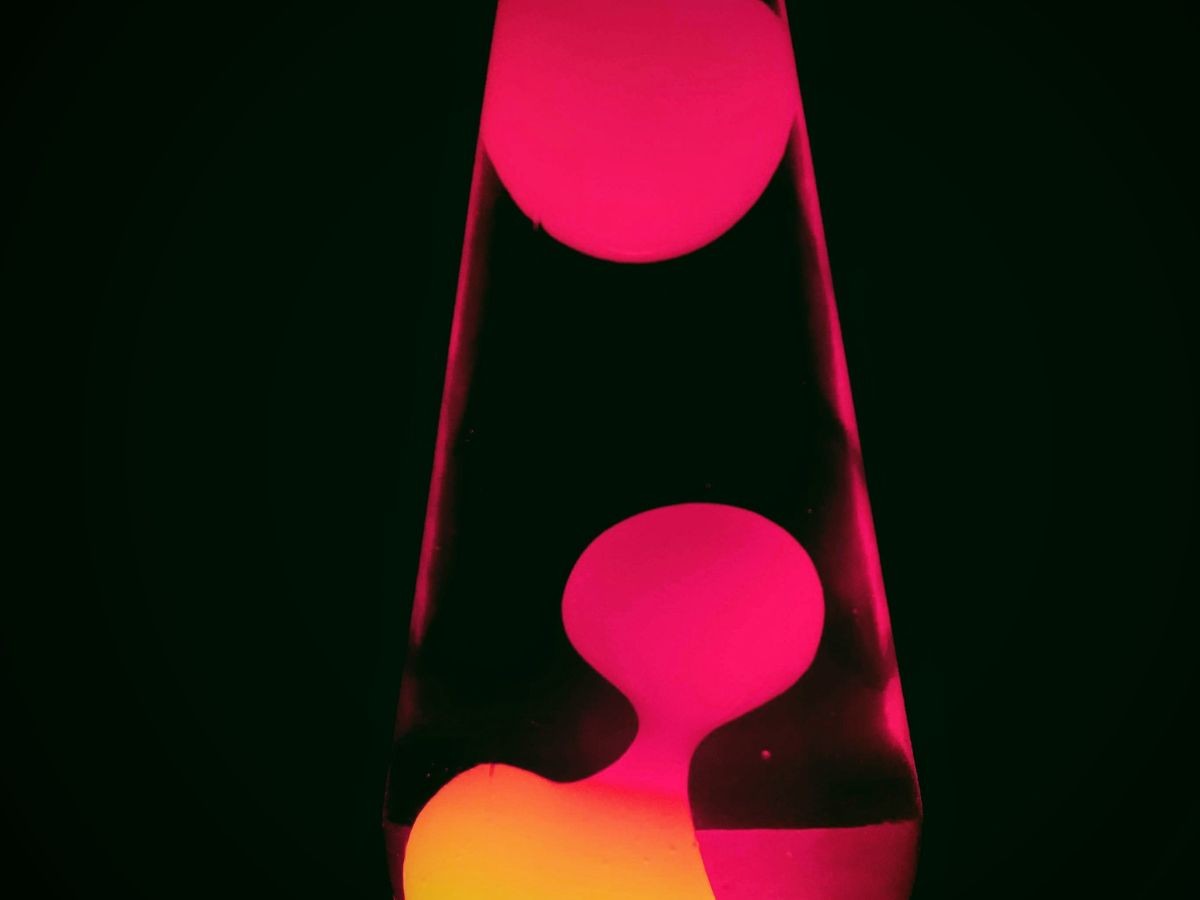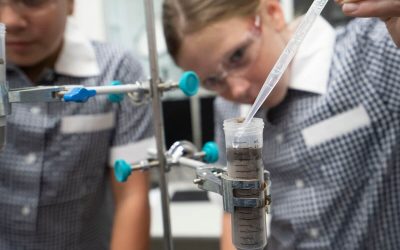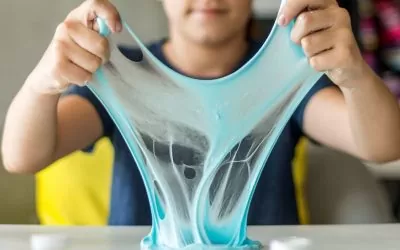Lava lamps have been around for decades, but have you ever wondered what’s inside them? The floating blobs in a lava lamp are mesmerising to watch. Without using any kind of pump to move the liquid around, a lava lamp can simply sit there and bubble away all day. But what causes this effect? Is it the liquids inside? Is it the light bulb in the base? Is it a combination of the two? Well, if you have ever wondered what is in a lava lamp, the good news is that we’re here to clear up the mystery!
What Fluid Is in a Lava Lamp?
Lava lamps are a cool way to light up any room. They come in a huge range of colours, shapes and sizes. Regardless of what they look like though, all lava lamps have two things in common: the fluids inside. If you have ever wondered what is in a lava lamp then the answer is:
- Water. The main liquid in a lava lamp is usually water. The water is coloured to enhance the lava effect and treated with chemicals to stop bacteria from growing inside the lamp.
- Wax. The “lava” blobs in a lava lamp are mostly made of paraffin wax. Paraffin wax is perfect for this job! Not only does it begin to melt at low temperatures, it’s also immiscible, meaning it doesn’t mix with water.
That’s it! Lava lamps are incredibly simple decorations. Each brand uses slightly different recipes for their wax and water components, but the end result is a cool effect with floating blobs that look like lava.
Why Do the Blobs in Lava Lamps Move?
The real magic of lava lamps is the science that powers them. Lava lamps rely on two different scientific principles to create a floating lava effect:
- The first principle is density. Density refers to how much matter is in a certain amount of space. Things with higher density are heavier, and things with lower density are lighter. This effect is especially easy to see in water. Objects like rocks that have a higher density than water sink straight to the bottom, while objects like twigs float.
- The second principle is convection currents. Convection currents cause gases and liquids to rise and fall due to changes in their temperature and density. If you’ve ever heard that “hot air rises,” that’s an example of a convection current.
Lava lamps combine these effects to cause the lava blobs inside to rise and fall on their own. Achieving this is simple. First, the wax blobs settle near the bottom of the lamp where the light bulb is located. When you turn the light on, the wax blobs begin to heat up. They expand slightly as they heat, decreasing their density and causing them to float to the top of the lamp. At the top of the lamp the wax begins to cool. The blobs shrink slightly, increasing their density and causing them to sink to the bottom of the lamp to start the cycle all over again. So, when you leave the lamp turned on, the wax blobs will move up and down through the lamp on their own!
Build Your Own DIY Lava Lamp!
True lava lamps are pretty cool – but did you know you can create a similar effect at home? While it doesn’t rely on convection currents like a real lava lamp, our DIY experiment looks the part and it’s a simple experiment for the home or classroom.
To build your own lava lamp you need a few things:
- A clear container like a large glass or empty bottle
- Water
- Vegetable oil
- An effervescent tablet
- Food colouring (optional)
- A torch (optional)
From there, making your lava lamp is simple:
- Fill your clear container one quarter full with water. You can add a few drops of food colouring if you like.
- Fill the rest of your container with vegetable oil. It doesn’t need to be filled to the brim, but the experiment works best if you have a nice thick layer of oil floating on the water.
- Drop your effervescent tablet into the container and watch the magic happen! You can also take the container into a dark room and shine a torch through the liquid to complete the lava lamp effect.
Want to Find Out More About the Science Behind Lava Lamps? Book a Street Science Event!
Lava lamps rely on simple principles to deliver an incredible effect! If you’d like to share the science behind density, convection currents and heat transfer, book a Street Science show for your classroom! The Street Science team is made up of experienced science communicators and educators. We use humour, interactivity and fun to engage students and turn simple science lessons into lasting memories! If you’re ready to introduce your classroom to a fantastic science incursion, check out our Hardcore Heat show for Year Three students. You can book a show online, or contact us if you’d like to know more about Street Science!




